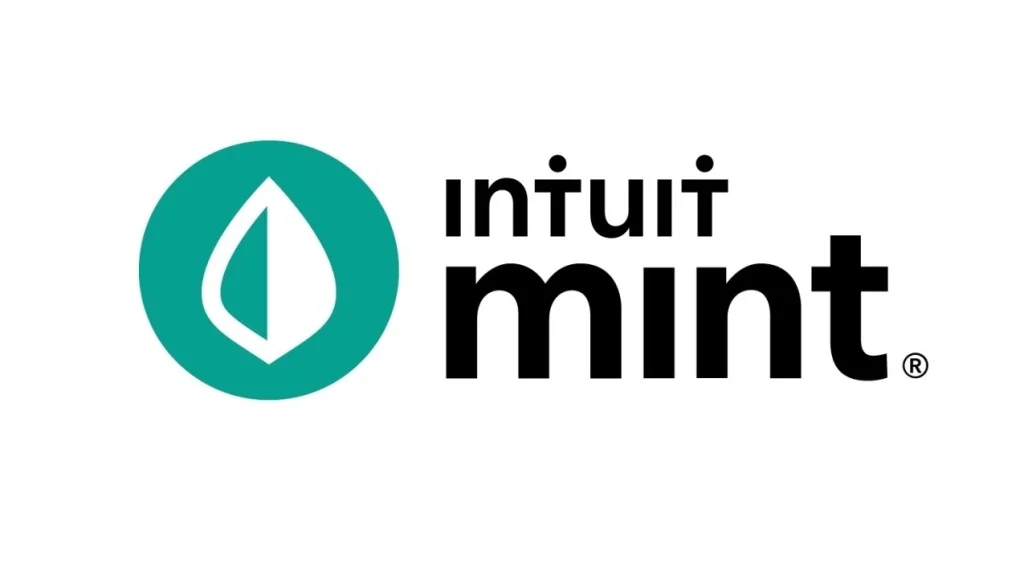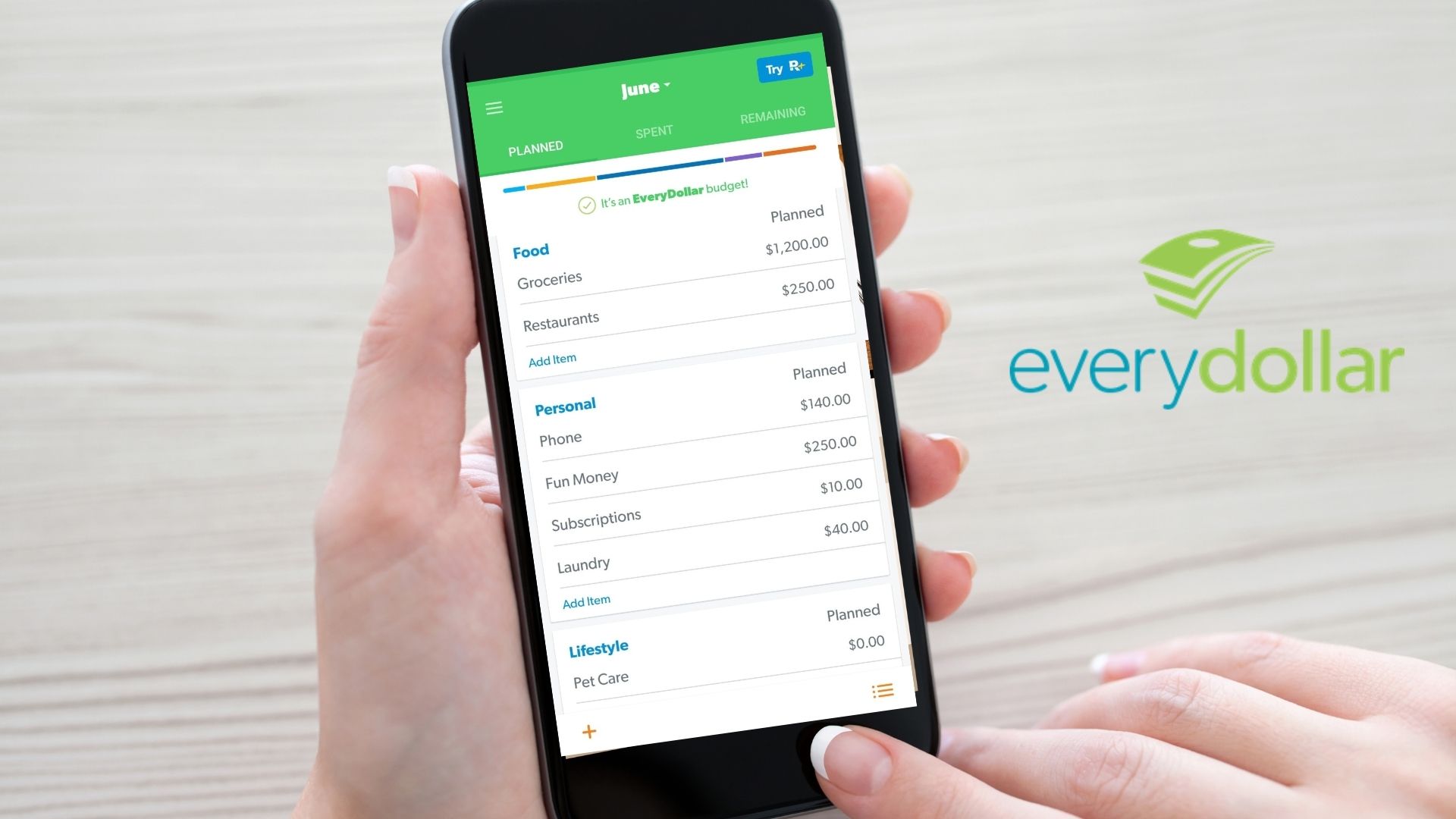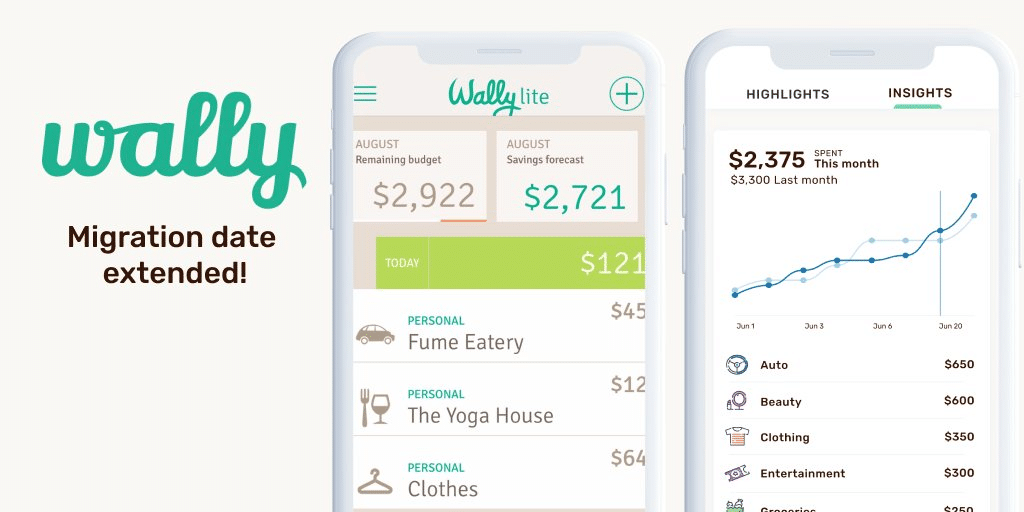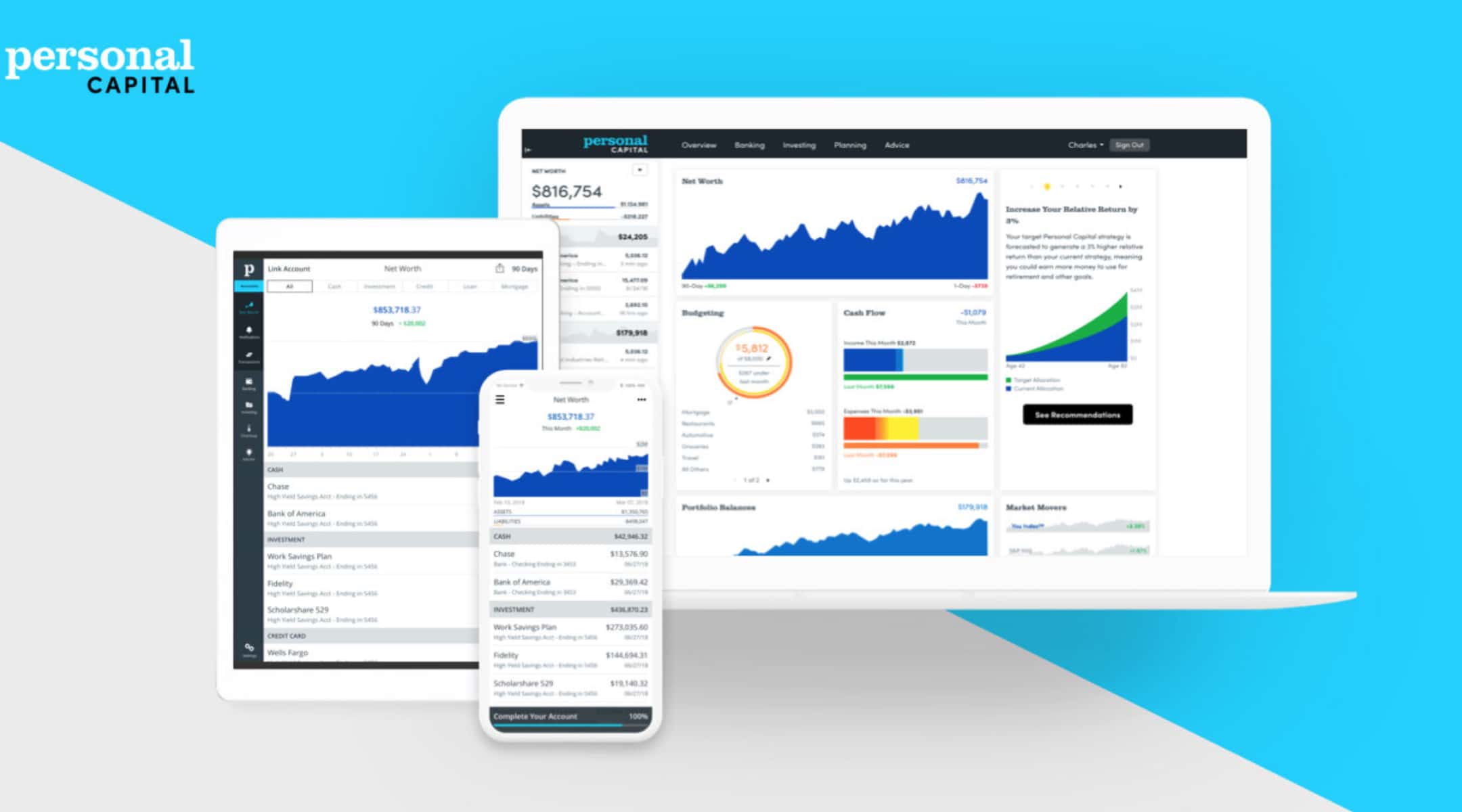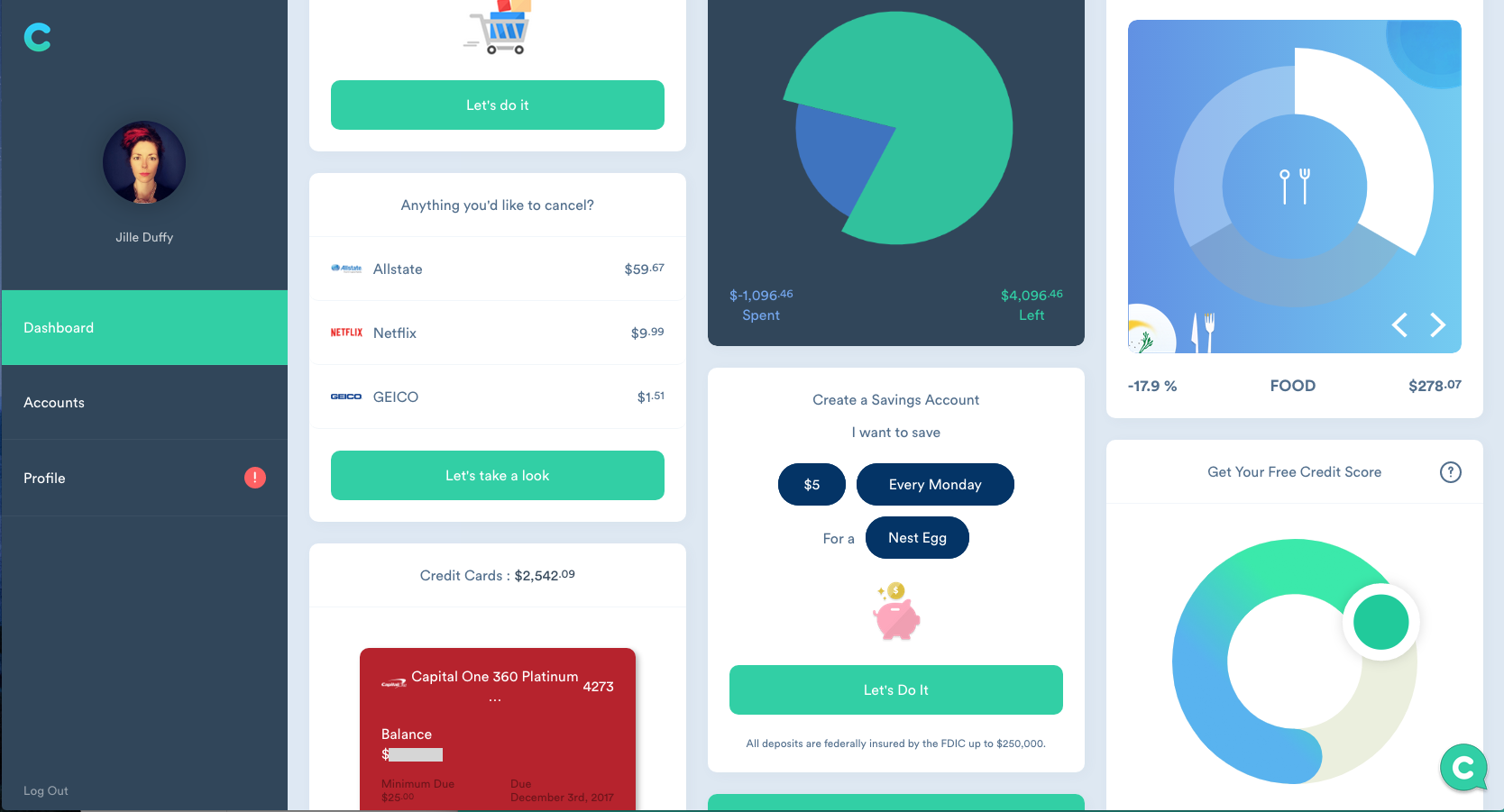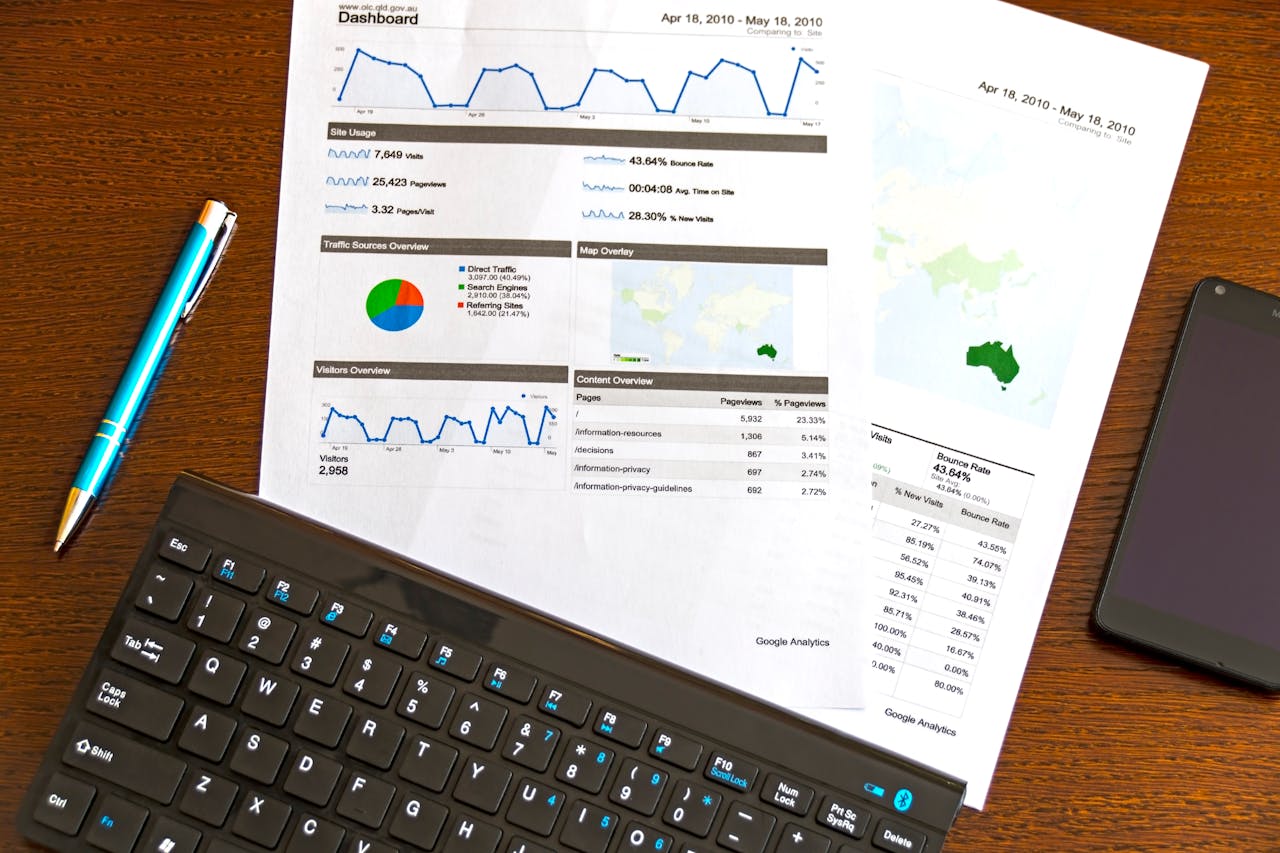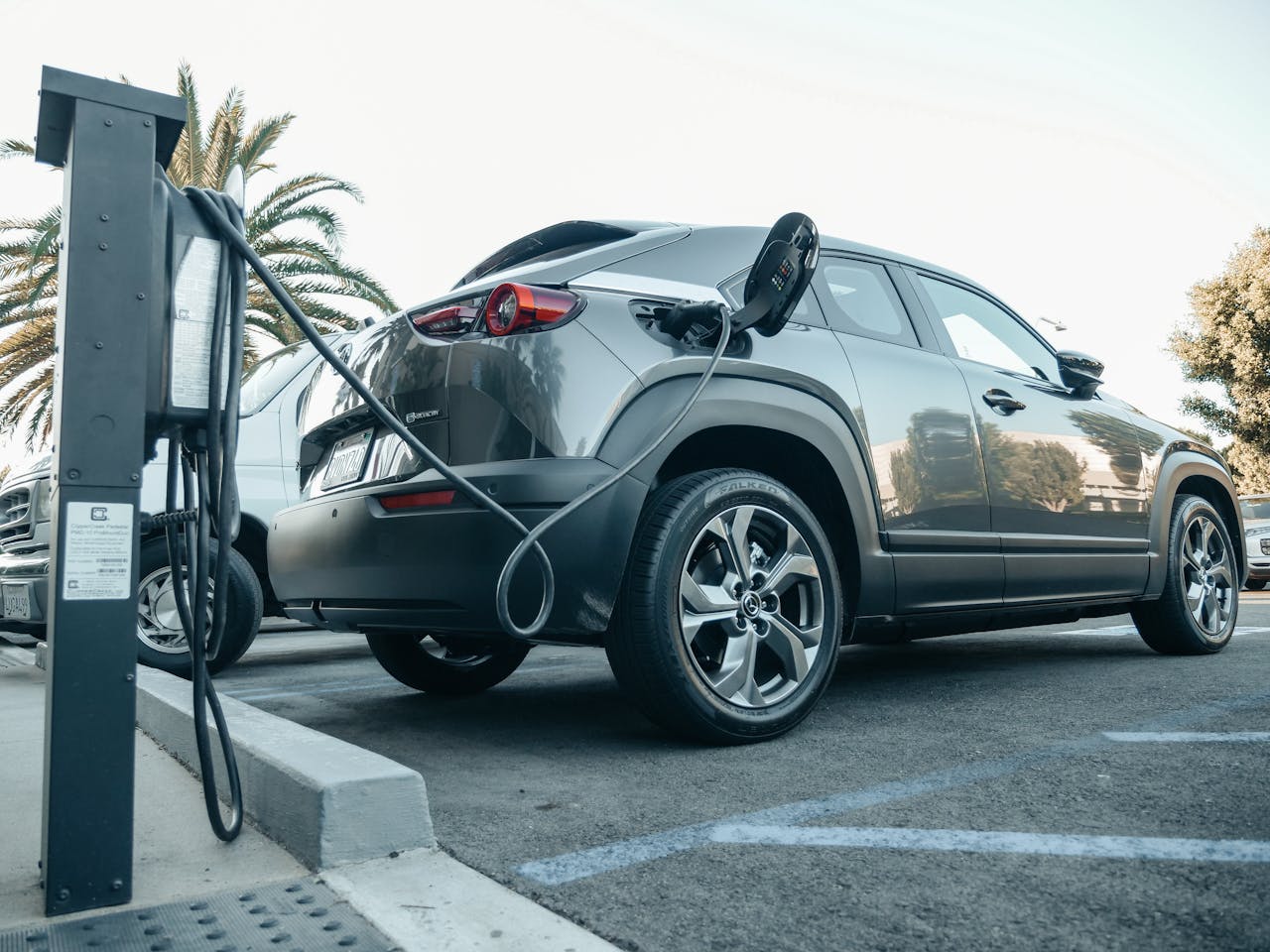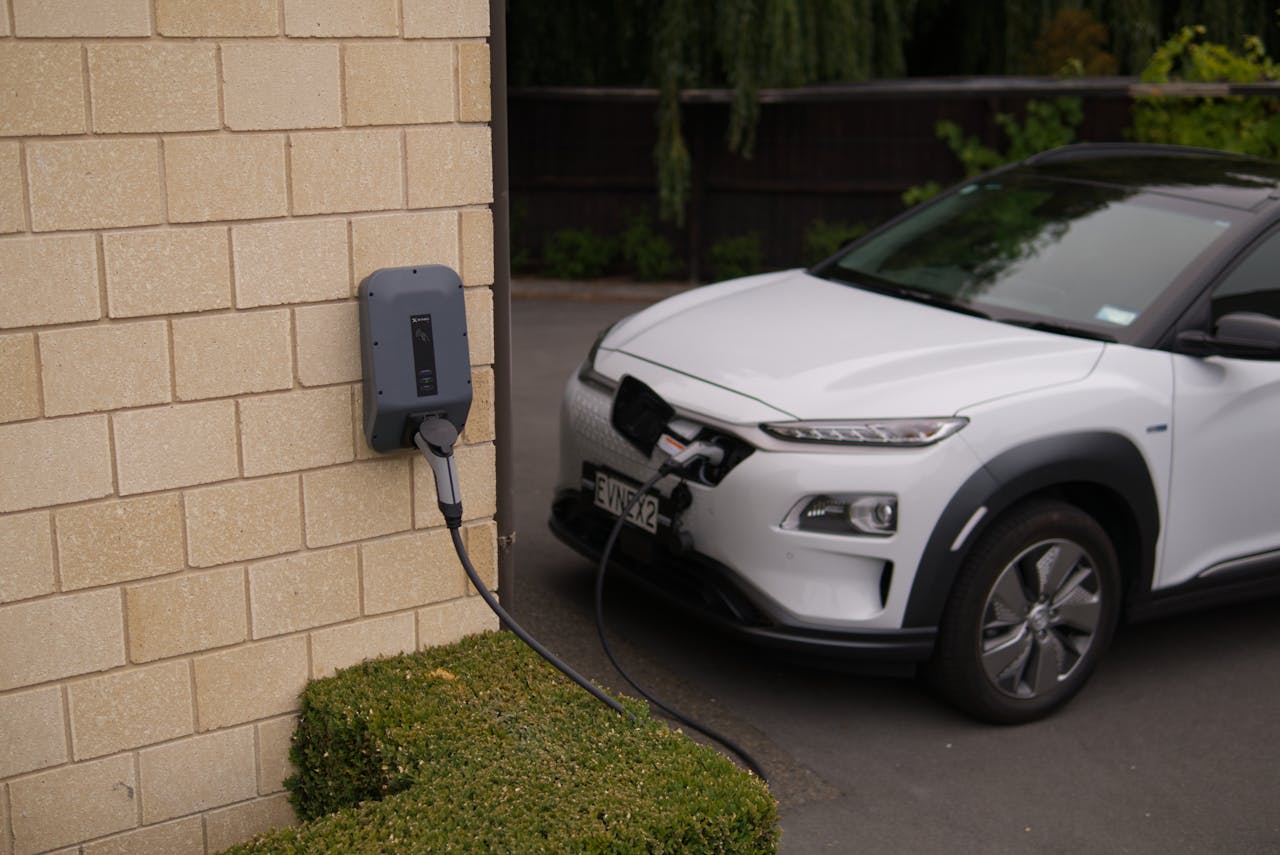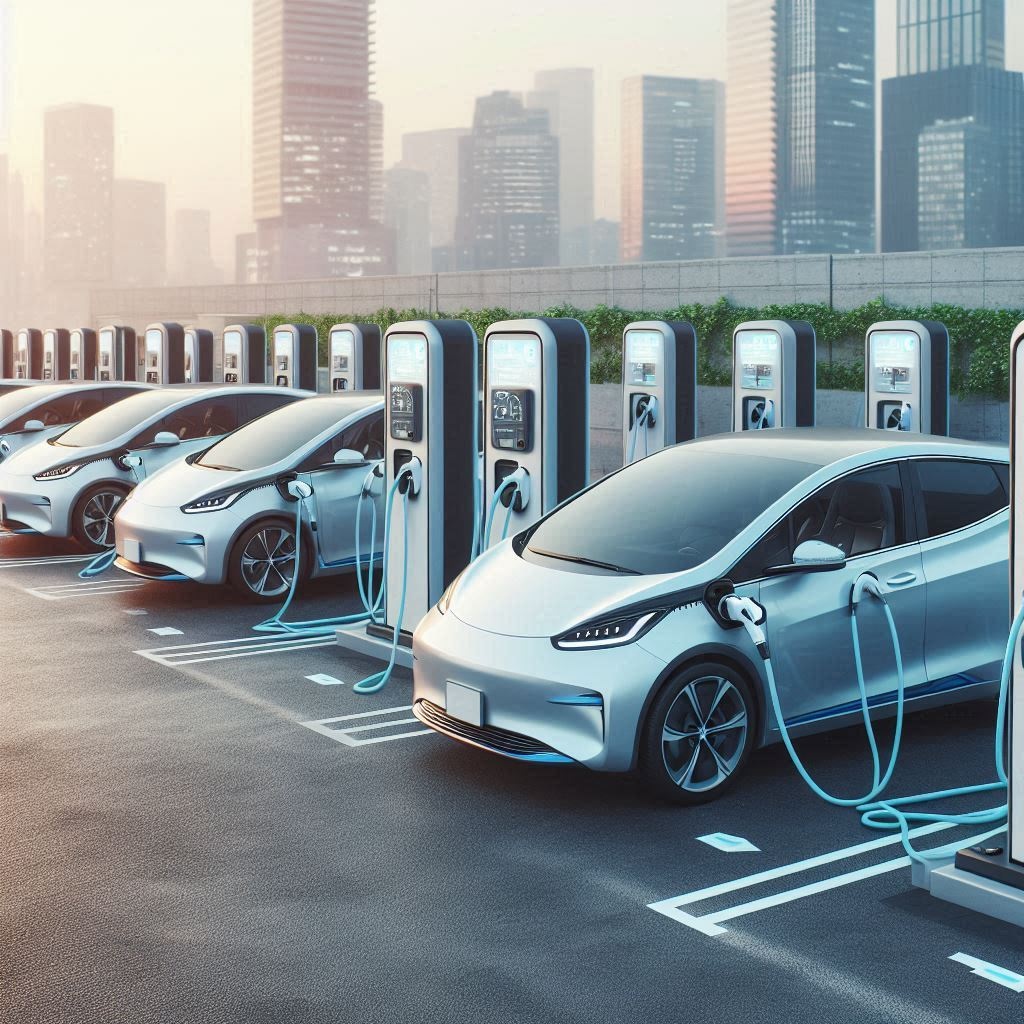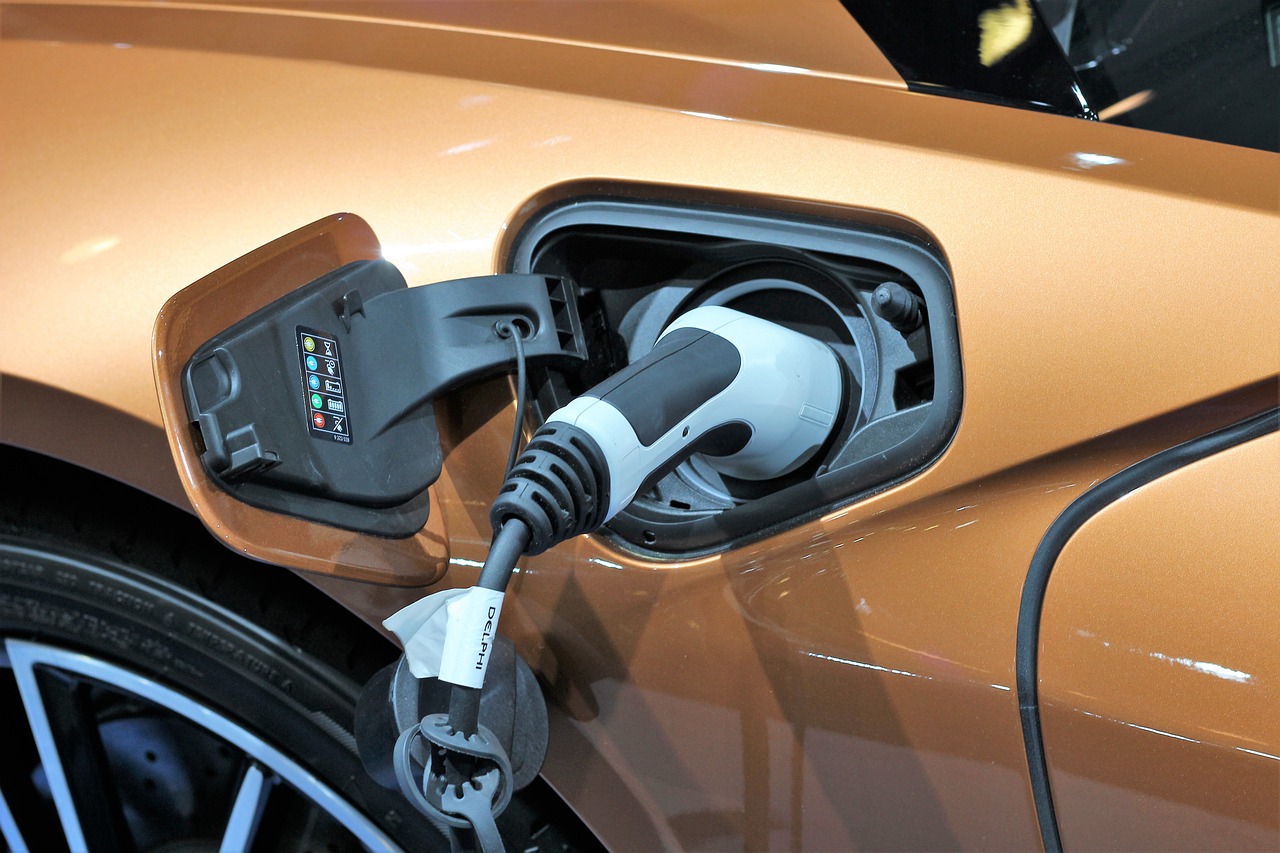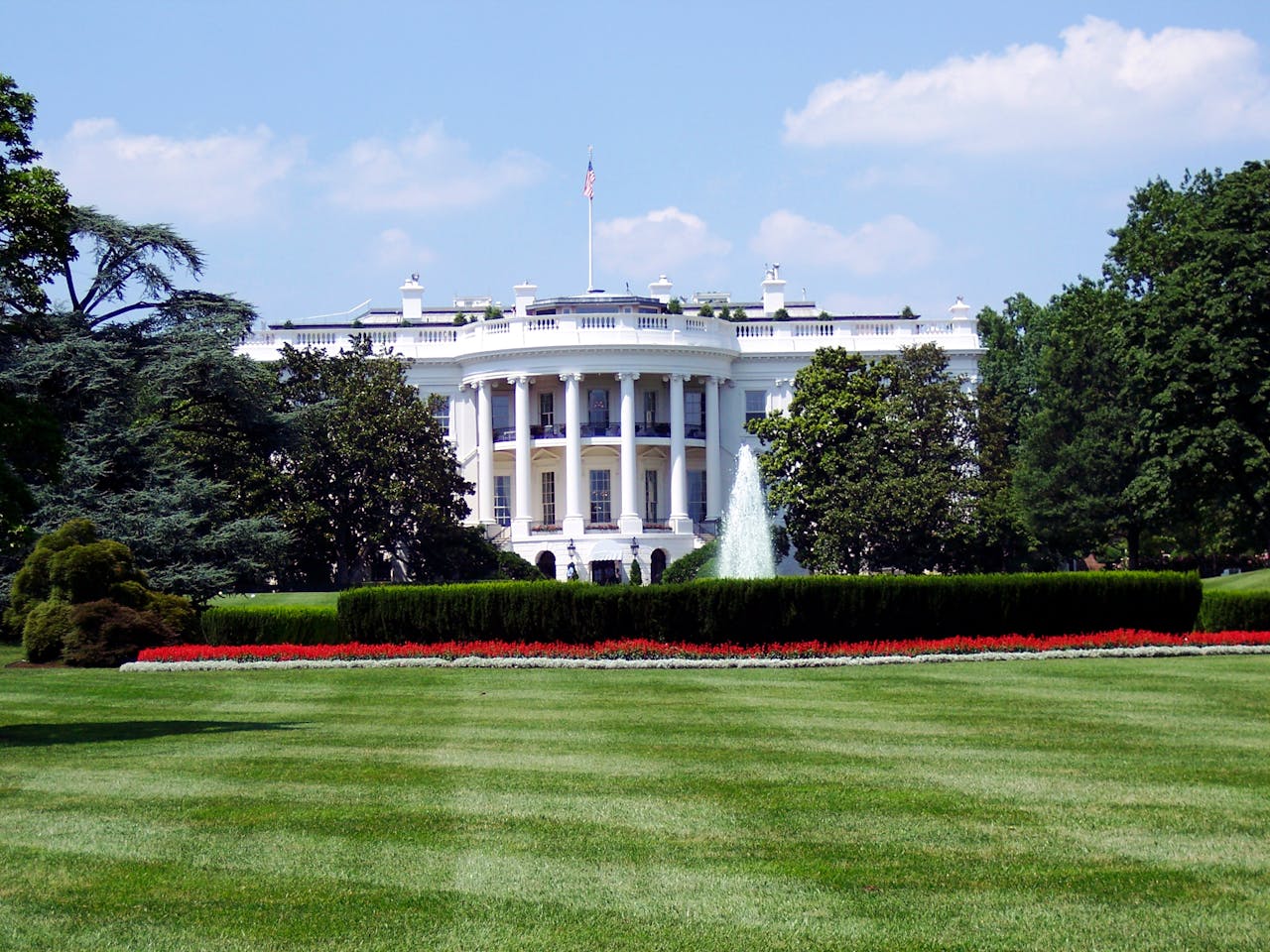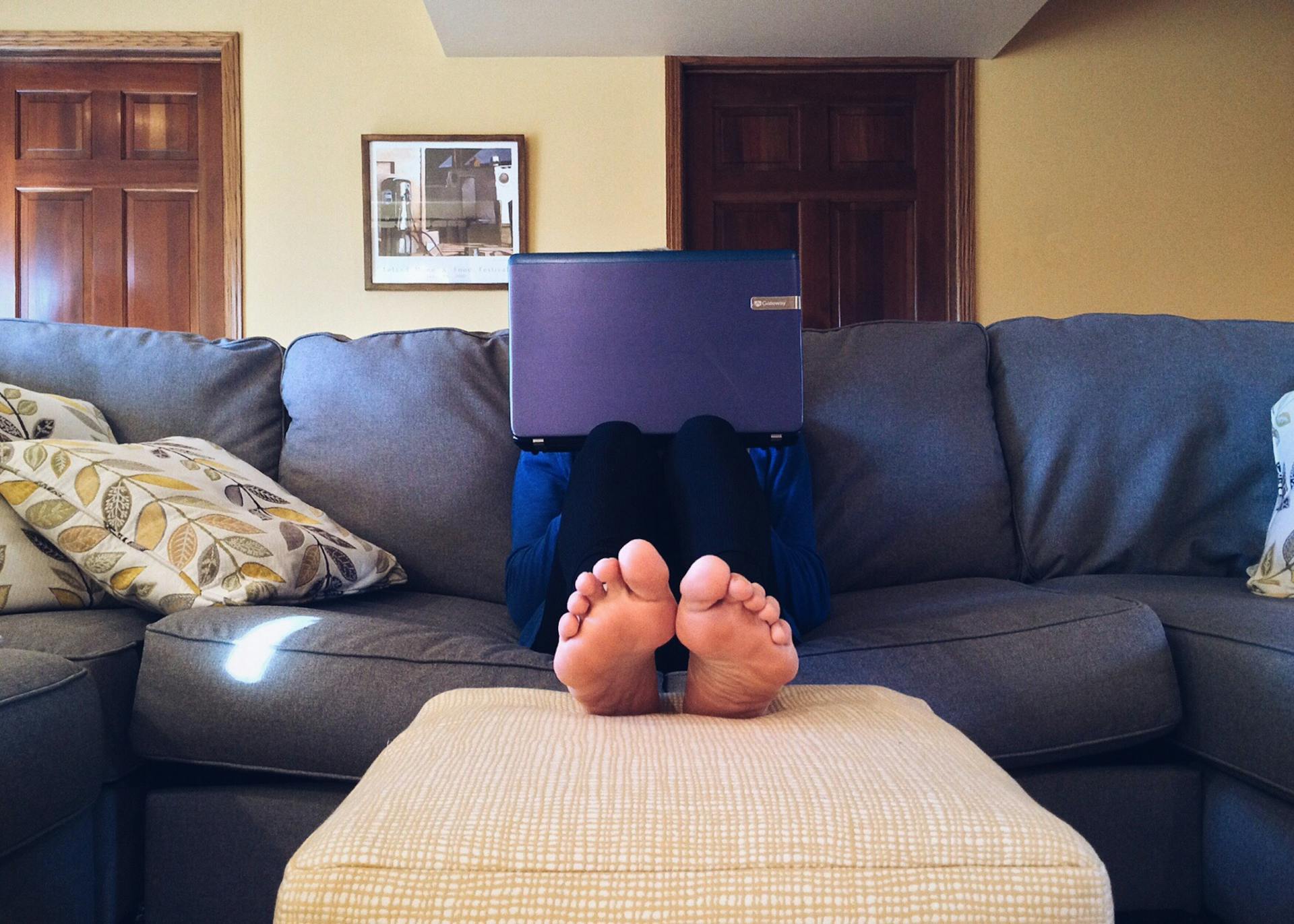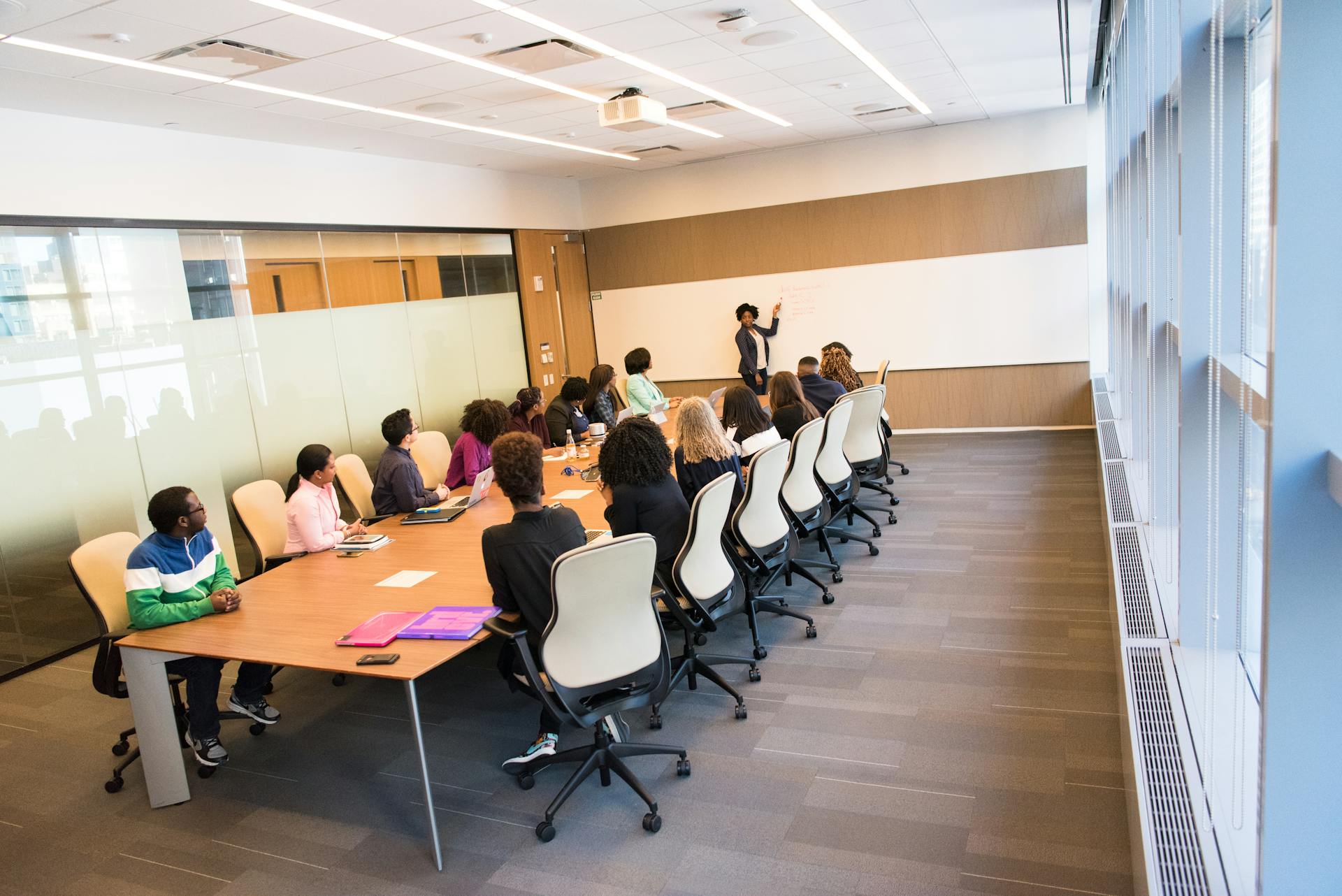Turn Your Hobby into Income: 12 Easy Crafts to Make and Sell in 2025

The craft industry continues to thrive as more people embrace the idea of handmade, unique products over mass-produced goods. Whether you’re looking to turn a hobby into a profitable side hustle or start a full-fledged business, crafting is a fantastic way to make extra income. With a blend of creativity, passion, and some business savvy, you can create and sell beautiful, easy-to-make items that appeal to buyers across different markets.
If you’re wondering where to start, here’s a list of 12 easy and profitable crafts to make and sell in 2024, from DIY decor to custom accessories.
1. Customized Tote Bags

Tote bags are practical, versatile, and always in demand. With more people opting for reusable shopping bags, creating personalized or unique tote bags can be a great way to tap into the eco-friendly market. You can purchase blank canvas totes in bulk and customize them using fabric paint, heat transfer vinyl, or embroidery. Think about offering seasonal designs, custom names, or fun graphics that cater to specific interests or events, such as weddings or holidays.
Profit Tip: Source your tote bags in bulk and upsell custom designs or bulk orders for events.
2. Hand-Poured Candles

Candles are another highly sought-after item that makes for easy crafting and selling. Hand-poured candles allow for endless customization — you can experiment with different scents, wax types (like soy or beeswax), and container styles to stand out in the market. Additionally, you can cater to niche markets with themed candles (e.g., zodiac scents, aromatherapy blends, or holiday-themed candles).
Craft Tip: Consider eco-friendly packaging and unique containers, like vintage jars or reusable tins, to give your candles a unique selling point.
3. Homemade Soaps and Bath Bombs

With the self-care industry booming, homemade bath products are a hit with buyers. Bath bombs, soaps, and scrubs are relatively simple to make and allow for a lot of creativity in terms of ingredients, scents, and designs. You can add skin-nourishing ingredients like essential oils, shea butter, or oatmeal to make your products stand out from mass-produced options. People love gifting homemade bath products, making them a great choice for holidays, birthdays, and special occasions.
Profit Tip: Offer gift sets or subscription boxes to encourage repeat customers.
4. Polymer Clay Jewelry

Polymer clay is a versatile material for creating jewelry, and it has exploded in popularity thanks to the growing trend of unique, handmade accessories. You can craft everything from colorful statement earrings to minimalist necklaces with this medium. The clay is easy to work with, affordable, and comes in many colors, allowing for endless creativity. Polymer clay jewelry is light, durable, and easily customizable to fit current trends, which makes it a perfect craft for both beginners and experienced artisans alike.
Selling Tip: Stay ahead of trends by creating seasonal or trending designs, such as abstract patterns or nature-inspired themes.
5. Resin Art and Jewelry

Resin crafts are trending in 2024, particularly for creating custom jewelry, keychains, coasters, and home decor. Resin art allows for beautiful combinations of colors, textures, and even preserved flowers or trinkets. The unique, glossy finish of resin makes it perfect for eye-catching pieces that can sell well at markets or online stores. You can even offer custom orders, allowing customers to send in personal keepsakes like small charms, flowers, or photos to encapsulate in resin for a sentimental touch.
Craft Tip: Experiment with different molds and inclusions (like glitter or dried flowers) to make each piece stand out.
6. Knitted or Crocheted Items

Knitting and crocheting aren’t just for grandmas anymore! Handmade scarves, hats, blankets, and home decor items like dishcloths or plant holders are always in demand, especially during the colder months. The key to making knitting or crocheting profitable is to focus on high-quality materials and stylish designs that cater to current trends. You can also offer personalized or made-to-order options, like monogrammed blankets or custom color schemes to match customers’ preferences.
Profit Tip: Start small with easy-to-make items like hats and scarves, then gradually expand to more intricate items like sweaters or blankets.
7. Personalized Mugs and Tumblers

Personalized drinkware has become a massive market in recent years. Mugs and tumblers are a popular item for gifting, and adding custom designs, quotes, or names can make them even more appealing to buyers. Using heat transfer vinyl, sublimation printing, or hand-painting, you can easily customize mugs and tumblers for specific occasions, like weddings, birthdays, or holidays.
Selling Tip: Offer bulk discounts for event orders (e.g., bridesmaids gifts or corporate gifts), which can lead to larger sales and more repeat business.
8. Embroidery Art and Hoop Wall Hangings

Embroidery is a classic craft that has seen a resurgence in popularity thanks to social media platforms like Instagram and Etsy. Embroidered hoop art and wall hangings can feature anything from inspirational quotes to intricate floral designs, and they make for beautiful home decor pieces. This craft requires minimal materials, and with a bit of practice, you can create highly detailed and personalized pieces. You can also embroider on other items like tote bags, t-shirts, or pillows to expand your product range.
Craft Tip: Offer custom embroidery options where customers can request names, dates, or special phrases for a more personalized product.
9. Macramé Wall Hangings and Plant Hangers

The bohemian home decor trend has made macramé incredibly popular again. Macramé wall hangings and plant hangers are easy to create, requiring only a few materials (primarily cotton cord) and a basic understanding of knotting techniques. These handmade decor items are perfect for those looking to add a natural, textured look to their living spaces. Macramé crafts sell well at markets, in online stores, and as home decor gifts.
Profit Tip: Offer DIY macramé kits for customers who want to try making their own pieces at home, expanding your product offerings.
10. Hand-Painted Signs

Hand-painted signs are a popular craft that appeals to home decorators and event planners alike. These signs can be customized with quotes, family names, or seasonal greetings, making them great for gifting and decor. With the right materials—wood planks, paint, and stencils—you can create beautiful signs that customers will love to display in their homes.
Selling Tip: Cater to different holidays or occasions by offering themed signs (e.g., “Merry Christmas,” “Welcome,” or “Happy Fall”).
11. Scrunchies and Hair Accessories

With the ’90s and early 2000s fashion trends making a comeback, scrunchies, headbands, and other hair accessories are in high demand. The best part is, they’re simple to make! All you need is some fabric, elastic, and a sewing machine (or needle and thread), and you can whip up a batch of trendy scrunchies in no time. You can also offer variety packs, allowing customers to purchase sets of scrunchies in different colors and patterns.
Profit Tip: Use trendy fabrics like velvet, silk, or satin to appeal to fashion-forward buyers and offer customization options for an extra fee.
12. Decorative Pillows

Decorative pillows are another easy and profitable craft to make and sell. With just some fabric, stuffing, and a sewing machine, you can create beautiful and unique pillow covers that match various interior decor styles. From minimalist designs to bold, colorful prints, there’s a market for all kinds of styles. You can also offer seasonal designs or personalized options, like monogrammed pillows, to increase the appeal of your products.
Craft Tip: Try using high-quality, durable fabrics and focus on popular themes such as farmhouse decor, mid-century modern, or boho-chic to stay relevant in home decor trends.
Final Thoughts

With a little creativity and some basic materials, these 12 crafts can turn into profitable ventures in 2025. From hand-poured candles to personalized mugs and resin art, the key to success is creating unique, high-quality products that customers love. Don’t be afraid to experiment with trends and add your personal touch to each craft. Once you find your niche, you can build a loyal customer base and turn your passion into a thriving business.
So, whether you’re a seasoned crafter or just getting started, there’s no better time to dive into the world of handmade crafts and start selling your creations!











